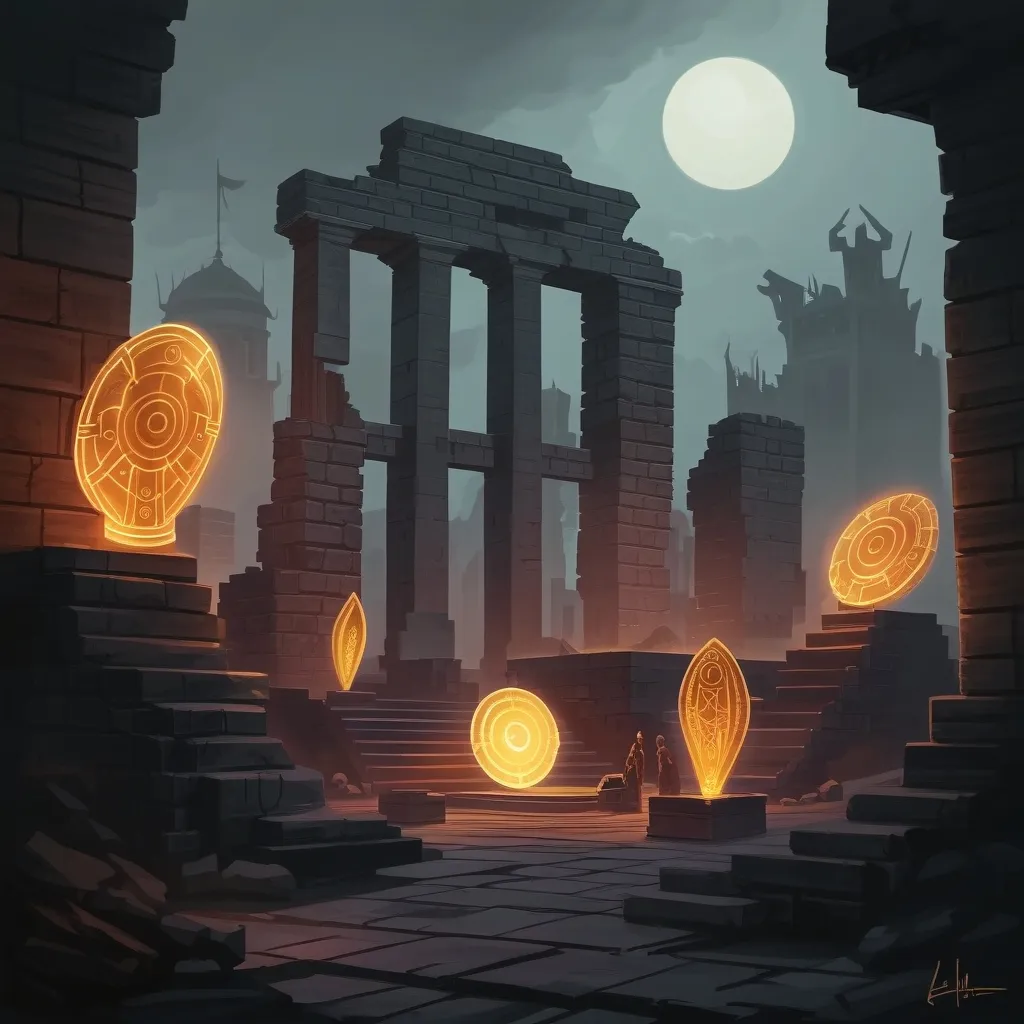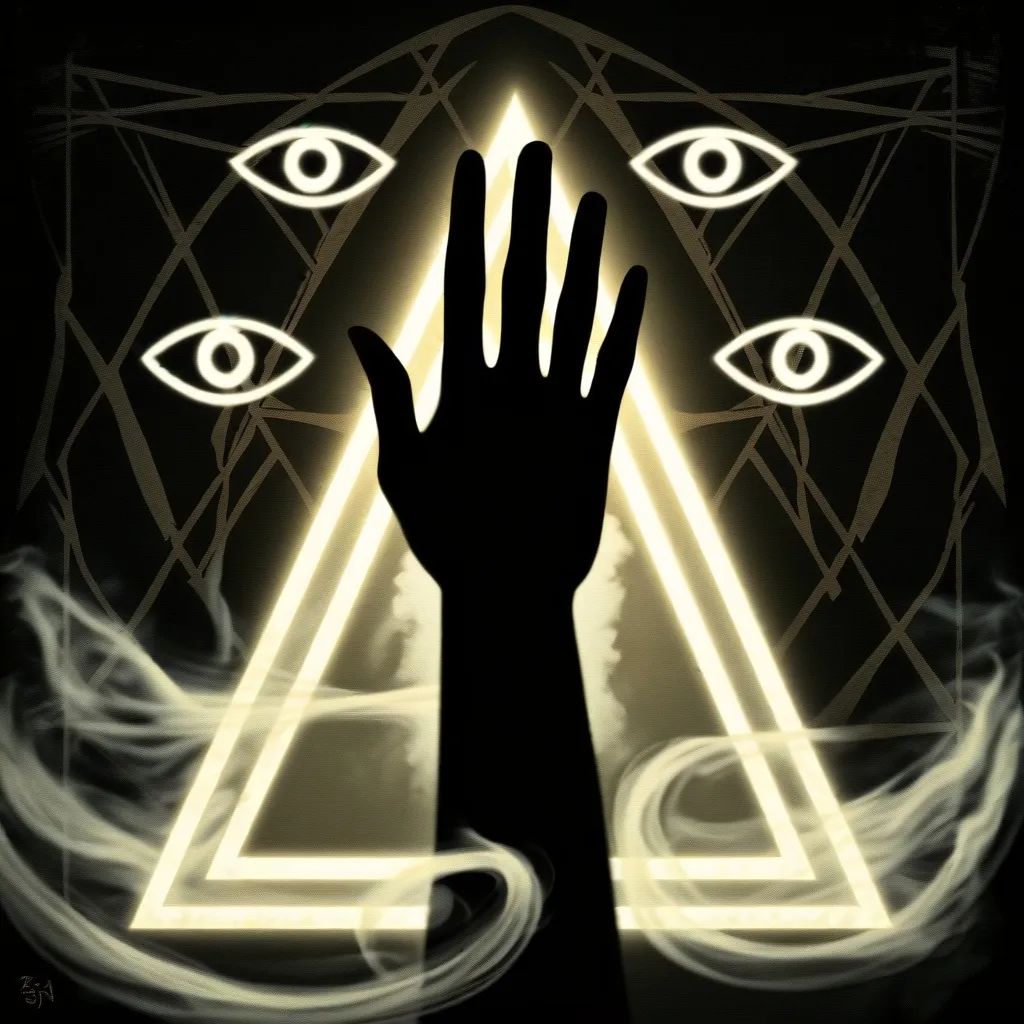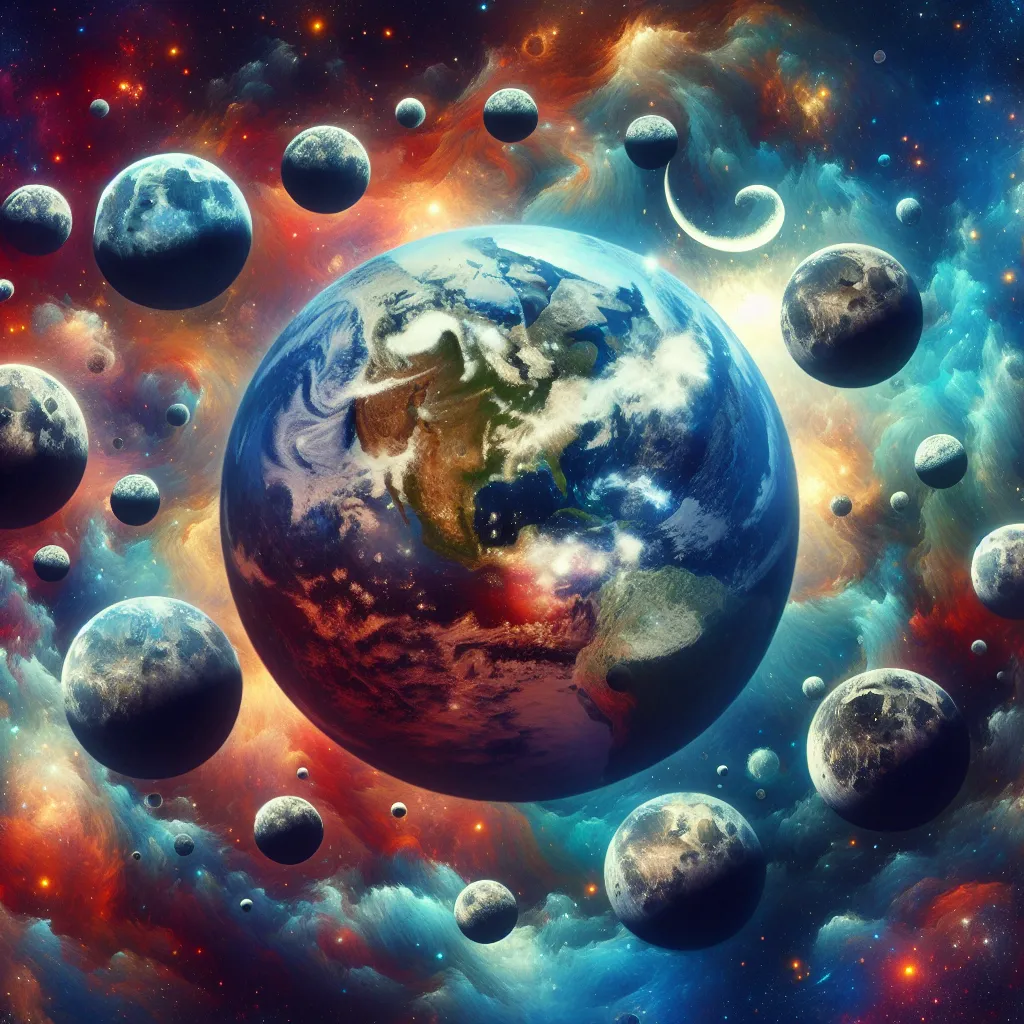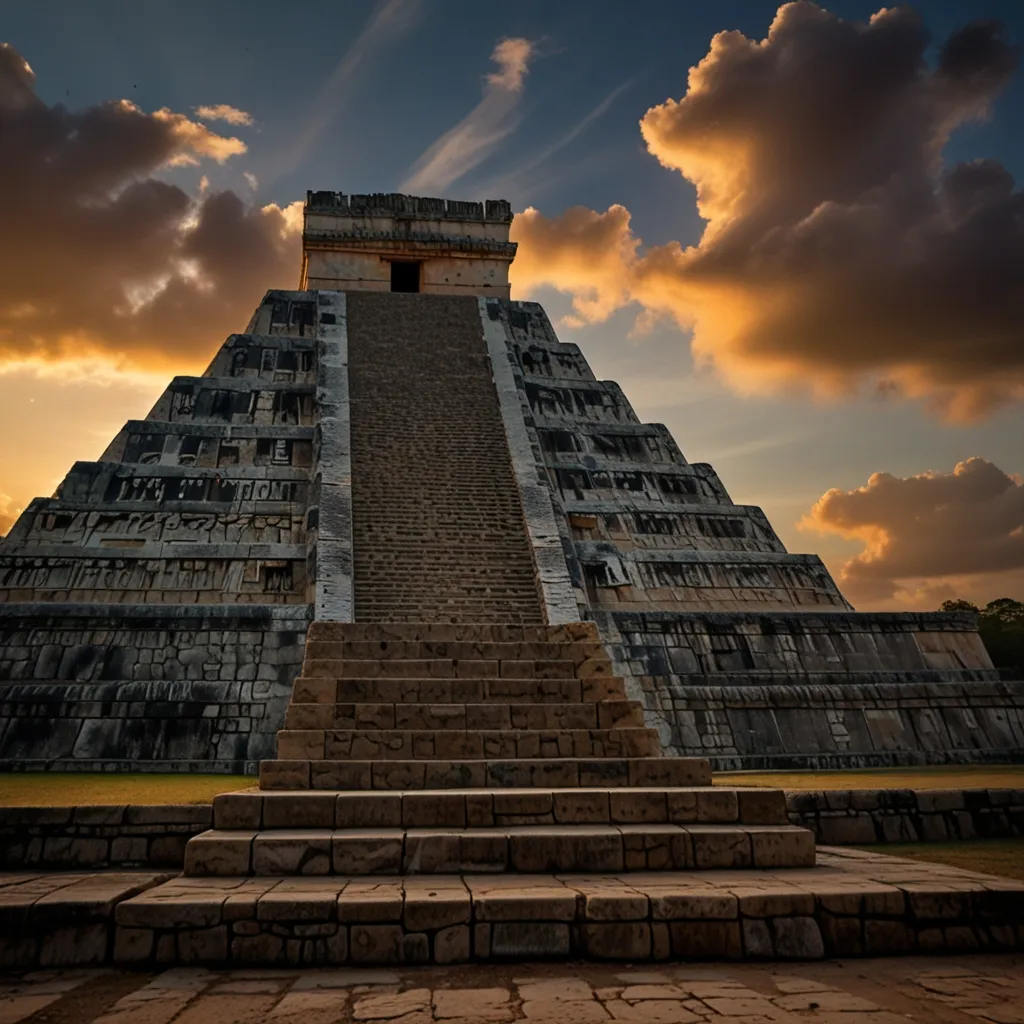Alright, buckle up folks, we’re diving into some seriously wild territory here. Ever wondered if our ancient ancestors were running around with nukes? Yeah, it sounds crazy, but some people are dead serious about this theory. Let’s take a stroll through this nuclear-powered rabbit hole and see what’s what.
So, picture this: you’re chilling in ancient times, building fancy cities with sewage systems that would make a modern plumber jealous, when suddenly… BOOM! Everything’s toast. That’s kind of what some folks think happened to Mohenjo-Daro, this mega-city in what’s now Pakistan.
Now, Mohenjo-Daro was no joke. We’re talking 2600 BC, and these guys had their act together. Streets laid out like a chessboard, toilets in homes (fancy, right?), and a sewer system that would make New York City blush. But then, poof! Gone. And here’s where it gets weird.
Some people reckon they found skeletons just lying around, like everyone decided to take a nap at the same time. And get this - these bones were supposedly radioactive. Like, glow-in-the-dark radioactive. Plus, they found pottery and walls that looked like they’d been through a glass-making factory. It’s enough to make you go “hmm,” right?
But wait, there’s more! Ever heard of the Mahabharata? It’s this ancient Hindu text that reads like a Michael Bay movie script. We’re talking weapons that could vaporize entire armies, columns of fire brighter than ten thousand suns, and aftermath that sounds suspiciously like radiation sickness. It’s like someone from the Bronze Age got their hands on a nuclear physics textbook.
Now, before you start digging a fallout shelter, let’s pump the brakes a bit. The science folks aren’t buying it. They’re like, “Show me the radiation, bro!” And fair enough. If someone dropped a nuke 4,000 years ago, we’d probably still be finding radioactive Choco Pies or whatever they snacked on back then.
Plus, Mother Nature can be pretty metal when she wants to be. Earthquakes, volcanoes, even space rocks can cause the kind of destruction that makes us mortals soil our togas. Take Tall el-Hammam, for instance. This Bronze Age city got absolutely wrecked, and for a hot minute, people thought it might be our ancient nuke culprit. Turns out, it was probably just a comet or meteor saying “hello” in the most dramatic way possible.
The thing is, while the idea of ancient civilizations nuking themselves back to the Stone Age is a killer plot for a sci-fi novel, it’s not exactly holding up under the microscope of science. But hey, don’t let that bum you out!
The real mystery here is how these ancient folks built these incredible cities in the first place. I mean, have you tried to assemble IKEA furniture lately? Now imagine building an entire city with perfect right angles and indoor plumbing when the wheel was considered cutting-edge tech. Mind-blowing, right?
And then there’s the million-dollar question: what the heck happened to them? Why did these advanced societies just vanish? Was it climate change? Resource depletion? A really bad case of the flu? We’re still piecing that puzzle together.
Here’s the thing, though. Even if our ancestors weren’t running around with nuclear footballs, their stories are still epic. They built incredible things, lived lives we can barely imagine, and left behind mysteries that keep us scratching our heads millennia later. That’s pretty cool, nuke or no nuke.
So next time you’re feeling down about the state of the world, just remember: at least we’re not trying to figure out if someone dropped a nuke on us 4,000 years ago. Although, given the way things are going, maybe we should keep those fallout shelter blueprints handy, just in case.
In all seriousness, though, the story of these ancient civilizations is a reminder of how little we really know about our past. It’s like we’re all detectives, trying to piece together a 4,000-year-old cold case with nothing but a few bones, some melted pottery, and a bunch of really old stories.
And you know what? That’s pretty awesome. It means there’s still so much to discover, so many mysteries to unravel. Who knows? Maybe tomorrow someone will dig up an ancient iPhone or find a cave painting of aliens playing cricket. Stranger things have happened, right?
The point is, whether or not our ancestors had the power to split atoms, they certainly had the power to build amazing things and tell stories that would captivate us thousands of years later. And in a way, isn’t that kind of like having a superpower?
So the next time you’re stuck in traffic or waiting in line for your morning coffee, take a moment to appreciate the fact that you’re part of this ongoing human story. A story that’s full of mysteries, achievements, and yes, even a few wild theories about ancient nuclear wars.
Who knows? Maybe in a few thousand years, future archaeologists will be puzzling over the ruins of our cities, trying to figure out if we destroyed ourselves with some unimaginable weapon. (Spoiler alert: it was probably just TikTok.)
In the end, whether you believe in ancient nukes or not, one thing’s for sure: our history is way cooler and more mysterious than any Hollywood blockbuster. And the best part? We’re still writing it. So go out there and make some history of your own. Just try not to leave behind any radioactive pottery, okay? Future archaeologists will thank you.






